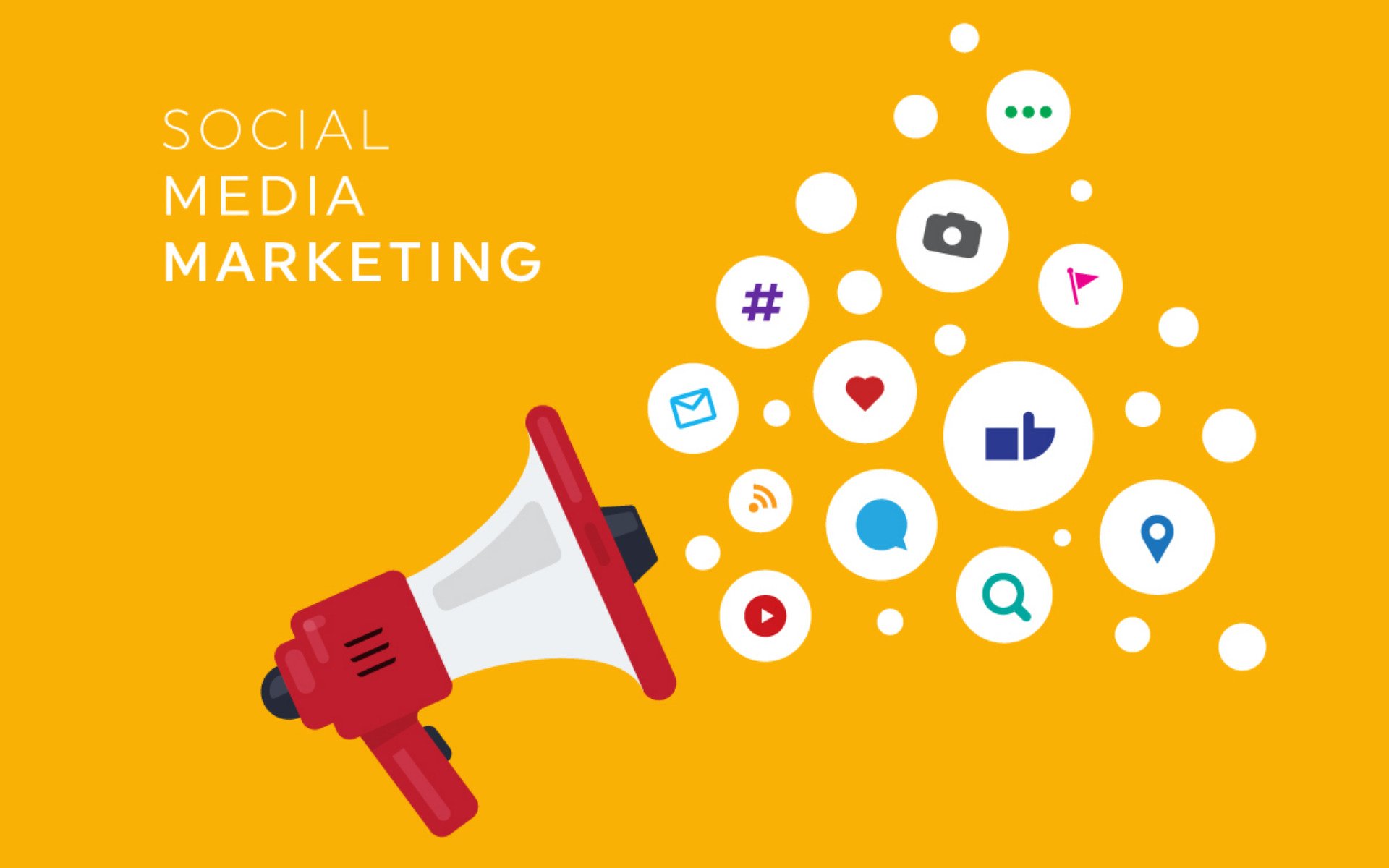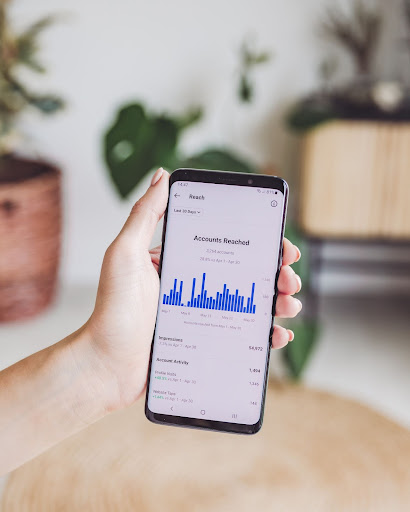
What is Social Media Marketing?
According to Hootsuite, 1.3 million new users joined social media every day in 2020.
With social media becoming more popular every day, it can be difficult to keep up with the latest platforms, and figuring out how to use them can be an even bigger challenge. Don’t let this keep you from trying! Though content marketing and digital marketing have been around for a while now, social media marketing is up and growing more than ever!
Social media marketing is the selling and promoting of products/services through social media platforms.
It’s that simple! Using this type of marketing helps you as a brand by bringing in existing customers while also attracting new ones in a much quicker and more accessible way.
Here are a few examples of social media platforms often used for marketing purposes:
- TikTok
- YouTube
Many of these platforms work in similar ways, yet each one can be used for various target audiences and demographics. This all depends on your company’s marketing plan and goals.
According to EMarketer, in 2019, 90.4% of Millennials, 77.5% of Generation X, and 48.2% of Baby Boomers were active social media users.
Let’s look closer at Instagram – a widely used platform.
Instagram is great for selling your brand’s message, but it also helps you create and maintain a constant presence and relationship with your customers. According to Instagram’s own study, 81% of users said that Instagram helps them research products and services. You don’t want to miss out on a whole set of customers just because you’re not active on the network.
Instagram has numerous features help increase your brand’s awareness and engagement. Being able to use them to your advantage is not only a learning experience for you as a marketer, but can help your brand immensely.
Let’s take a look at a few of these features.
- Photos and Videos – You can upload a single photo or video or use the carousel option to upload up to 10 photos or videos within a single post. Here are a few tips from Instagram on how to use high-quality images and video for strong visual impact.
- Instagram Live – This allows you to broadcast video to your followers in real-time. When you go live, your followers are notified. Within an Instagram live session, followers can comment and react. As a host, you are also able to add other Instagram accounts to your live video.
We love how Chewy is using Instagram Live to provide educational content. If you are looking for more inspiration, Hubspot shared How 6 Brands Use Instagram Live in Their Marketing Strategy.
- Stories and Highlights – Can be used for content pieces, product features, tips, polls, quizzes, questions, pre-recorded videos, etc. Each story is 15 seconds long. Stories are one of the top ways to drive engagement on Instagram. Adding stickers and the swipe-up feature is a plus!
Need Inspiration? We got you!
9 Instagram Story Ideas for Your Business
We love #8 – Highlight Local Happenings
- Instagram Video (Formerly IGTV) – Share long-form videos (up to 60 minutes). These videos can vary in use. You can help others discover your video by sharing previews within your Feed, Channel in explore, and standalone online.
Here are 6 Ways to Use IGTV for Business – Social Media Examiner
- Instagram Business Profile – Offers insights (followers, profile views, impressions, reach, website clicks, and email clicks), shopping and checkout, ads, promoted posts, contact options, quick replies, branded content approval, links on stories, and inbox management. Here’s how to get your business started on Instagram.

If you need more inspiration, here’s a great article by Instagram: Instagram Business Insights: Push Your Brand’s Creativity
Planning and Scheduling
Designing and creating content is only a part of the puzzle when marketing through social media. Planning and scheduling are just as important. You wouldn’t want to work on a big project for weeks and then miss the posting deadline.

This is where social media calendars and scheduling tools come in handy.
What is a social media calendar? Essentially, it’s like any other calendar, except instead of being filled with upcoming events and meetings, it’s filled with content you plan on posting across multiple platforms.
When it comes to auto-scheduling content, you have two options: On-channel scheduling vs. 3rd party scheduling.
What’s the difference you ask? They both have their pros and cons.
With on-channel scheduling, your content lives on the platform, making it easier to find and away from all your other content. On the other hand, you will need to go to multiple channels to schedule that content and certain channels may not offer this feature. On-channel scheduling also often lacks many additional features compared to 3rd party schedulers.
3rd party schedulers let you have a calendar view of all your scheduled posts, while also being able to publish all your posts from the same place. The downside is you are limited to only being able to publish certain posts types. Getting used to all the features and interfaces of these platforms can also be confusing at times.
Overall, deciding on what type of scheduling is best for your company depends on what platforms you wish to market on and with what type of content. It also comes down to plain and simple personal preferences.
In summary, the options for beginning your journey in social media marketing are endless. With consumers switching from traditional media to online outlets, marketers are also expected to evolve and change their forms of communication. This can be an overwhelming but quite rewarding and fulfilling experience.
The best way to get accustomed to the new age of technology is just to dive in and get your hands dirty!
- Social Media Nightmares
- Chasing A Branded BBQ Legend
- So You’re Telling Me There’s A Chance!
- What the Influencers Said
- How to Delight Your Customers



